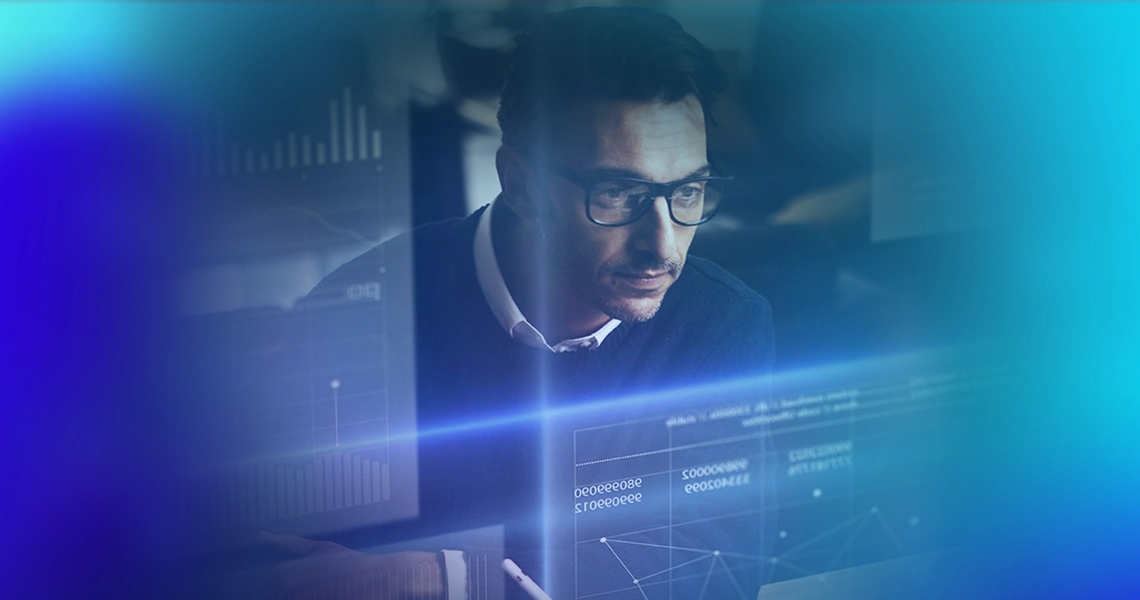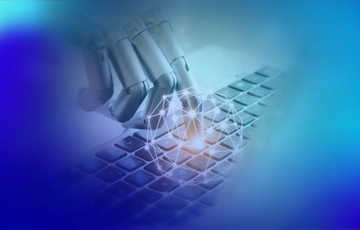Performing monitoring and auditing with RPA is an increasingly common practice in companies that aim to secure and comply with their processes.
Robotic process automation is becoming a popular solution because it is simple and brings great benefits. RPA is capable of automating routine, repetitive, and high-volume tasks. When considering monitoring and auditing with RPA, automation ensures that processes are carried out according to rules, laws, and regulations. In this sense, by using RPA the company increases operational efficiency and ensures compliance and security of tasks.
Want to knowwhy RPA is so important for monitoring and auditing? Follow this article!
How to improve monitoring and auditing with RPA
Companies of all sizes have a huge documentation process. Whether for data entry and processing, spreadsheet feeding, website queries, or others. In this sense, robotic process automation provides for continuously executing data-related processes without errors, failures, or rework.
To be implemented, an RPA tool needs a deep analysis and mapping of the processes. This way you find the best way to perform that activity flow. Moreover, the robots are based on strict and explicit rules, causing correspondence with that company’s compliance.
Directly on the monitoring and auditing with RPA some advantages are obtained, such as:
Detection of suspicious activities
When talking about monitoring and auditing with RPA, one of the main functions is the detection of suspicious activity on company systems. An automation software records all the interactions and activities that take place, and can make comparisons later.
The robots are configured to identify patterns of system use according to the company’s or user’s routine. In this way, you compare the activities and the rules previously established to identify whether they are legitimate actions or suspicious activities.
If all tasks are performed within business hours, for example, and one day a user interacts with the system during the early morning hours, RPA will detect this suspicious activity. Automated monitoring is performed continuously. And, upon observing suspicious activity, the system can send alerts to the team responsible for security.
Automated report creation
When you use monitoring and auditing with RPA, the robots record all actions and can be configured to create reports based on the collected data. In fact, this feature is essential for audits that base their analysis between planning and execution.
An RPA solution like RobotEasy ‘s generates real-time reports, including user, time, and duration. As well, you can access which documents and perform which actions. Since we have all the access history, we can customize the reports to meet the specific demand of the manager or audit. In this way, a data analysis is performed with a large volume of information. But, spelling out details in favor of seeking a specific action.
Audit Management
Robotic automation facilitates internal and external audits. The system can validate important information such as reports and compliance. In addition, it is capable of real-time testing and monitoring. Robotic process automation ensures that management is efficient and accurate, increasing and improving the quality of results.
RPA constantly monitors all areas of the company, guaranteeing this facility, which reduces the staff dedicated to auditing activities or directs their focus to higher value-added activities. Another issue with RPA is to anticipate errors or possible problems. To do this, simply configure the robots to perform automated tests on specific processes.
We still consider predictive analytics and analyze all the data collected for this purpose. We review the information recorded in our internal software to prevent errors and problems from affecting the company.
Thus, RPA itself becomes a risk management tool, anticipating threats and providing assertive decision making based on real and reliable reports.
RPA and the Safety of the enterprise
Security is paramount when approaching monitoring and auditing with RPA.Robotic automation ensures that it performs the processes in the right way. On the other hand, auditing and monitoring confirm that the activities are carried out as scheduled. In fact, an RPA solution needs to be reliable, after all, it will manage a large volume of data and information.
Likewise, by creating security policies, automation provides protection for companies. Beyond digital transformation, monitoring and auditing with RPA has benefits for all types of companies.
In this sense, automation optimizes processes by facilitating management, identifying nonconformities, suspicious activities, and generating information-rich automated reports.
Wait no longer and keep your company more secure and manageable. Implement an RPA project and enjoy all the benefits generated.


